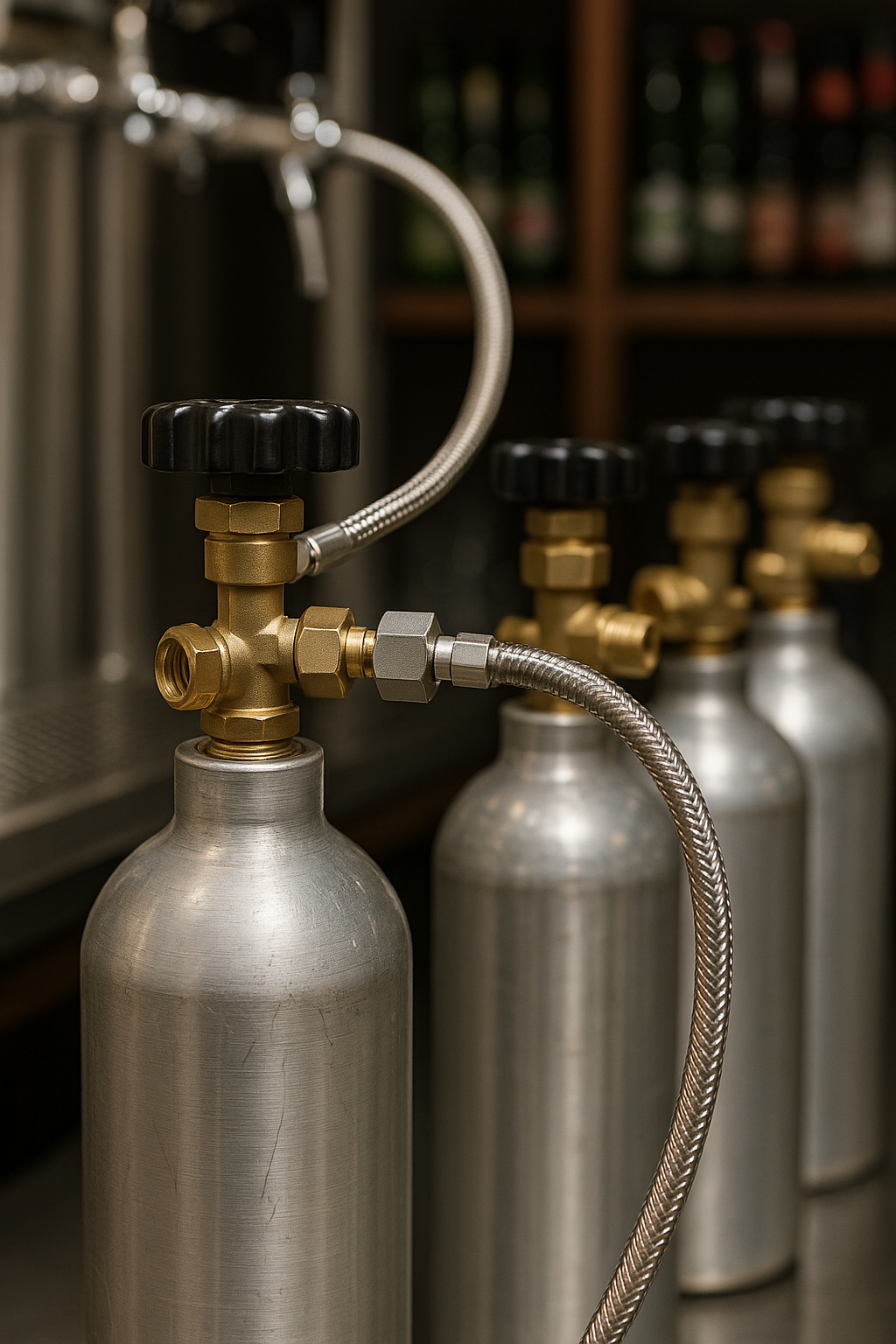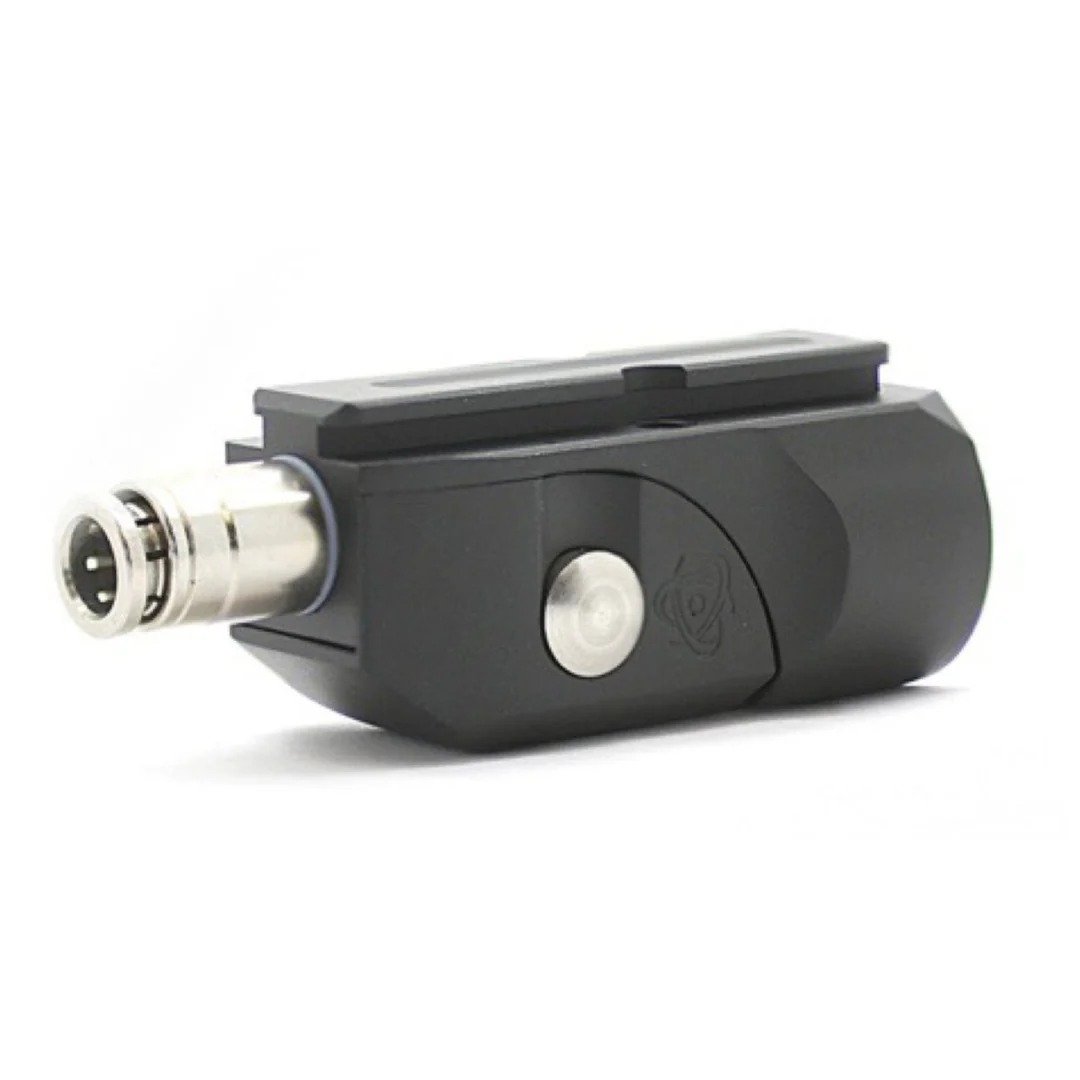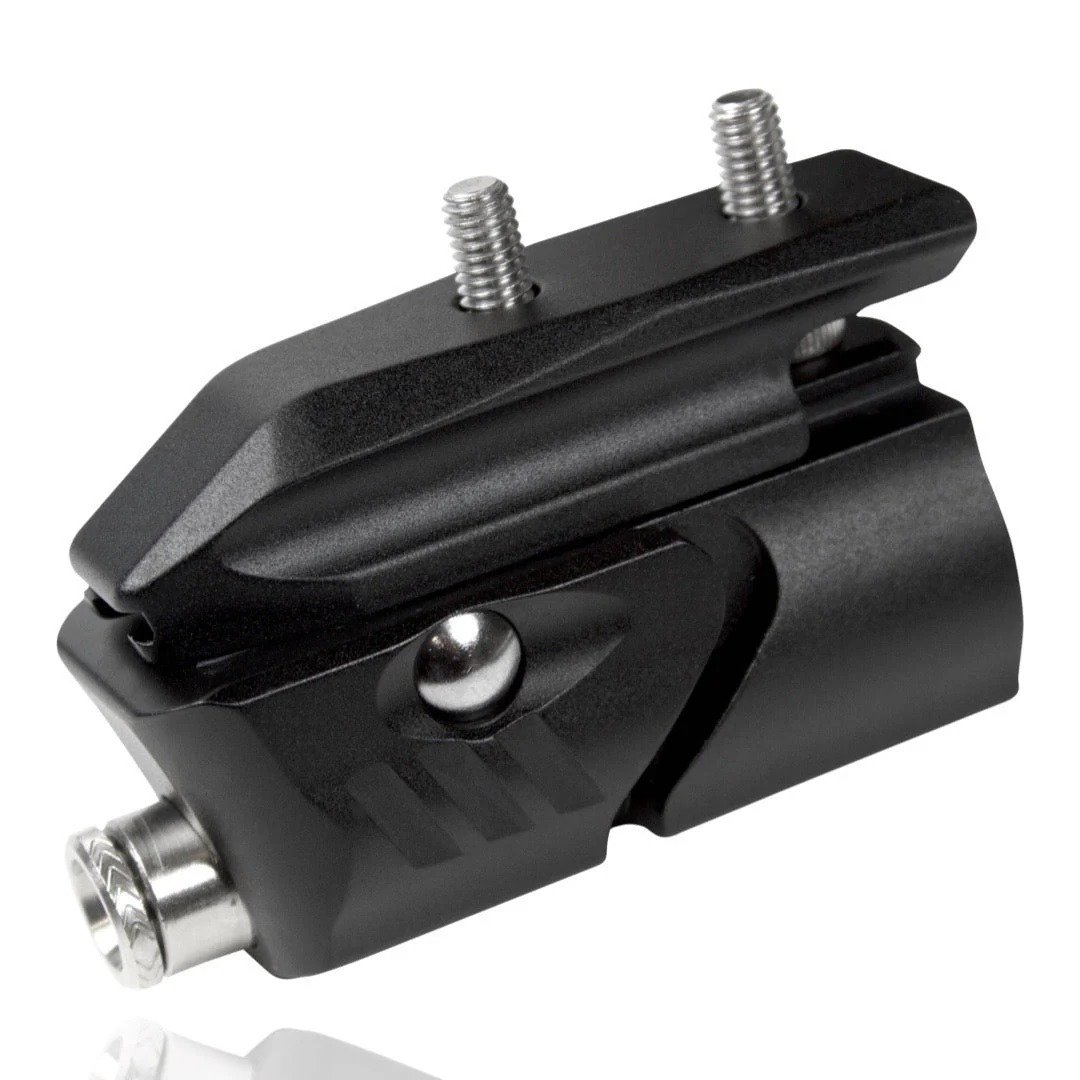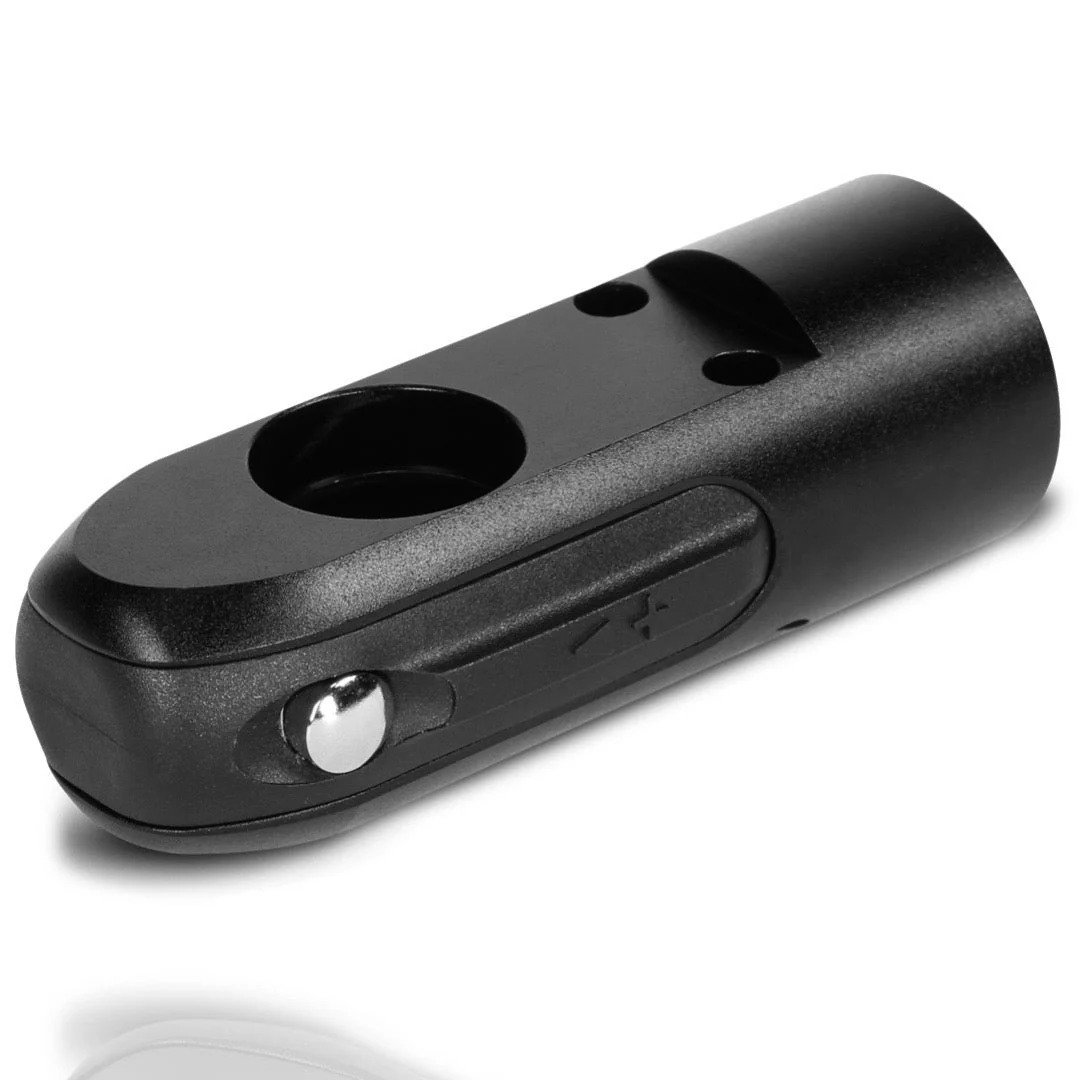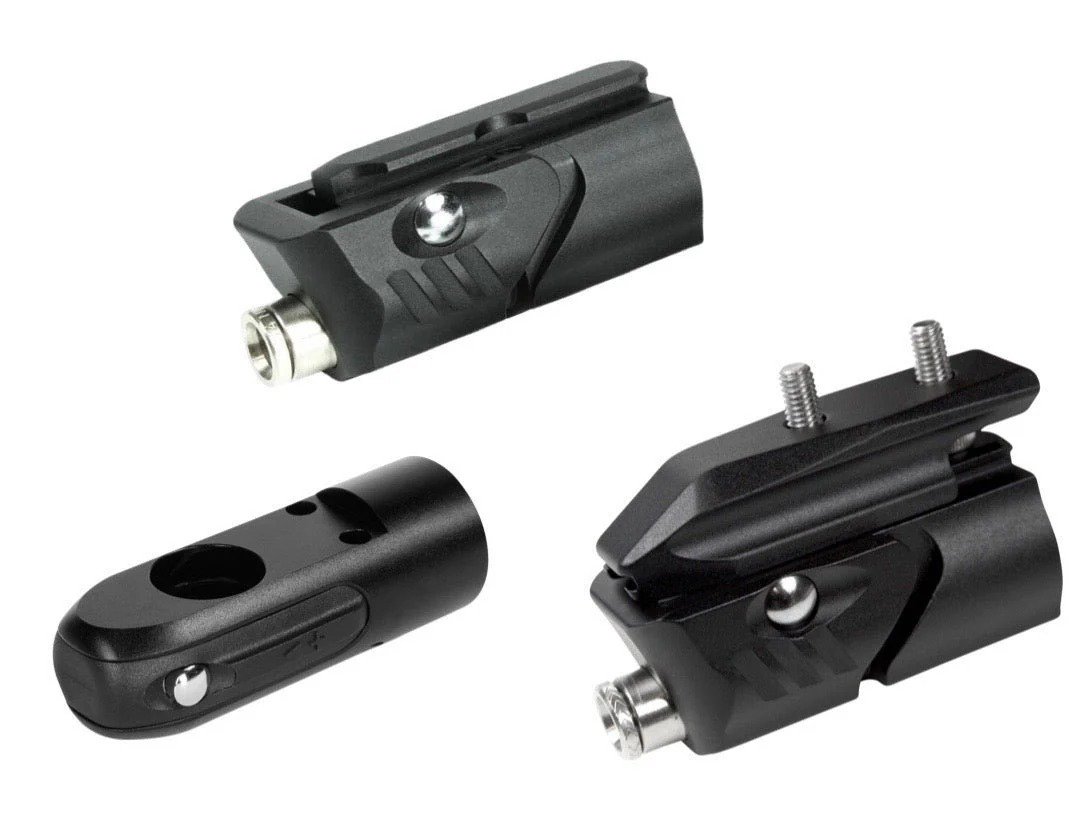Table of Contents
Types of Gas Cylinders
Gas cylinders come in various designs based on the type of gas they hold, the pressure at which the gas is stored, and the material used for manufacturing. Common types include:
- Steel Cylinders: Often used for industrial gases like oxygen, nitrogen, and argon. These cylinders are robust and have been traditionally used for high-pressure applications.
- Aluminum Cylinders: Lighter than steel cylinders, aluminum cylinders are typically used for compressed gases such as CO2 and are common in the medical and beverage industries.
- Composite Cylinders: These cylinders are made from materials like carbon fiber and fiberglass, offering both lightweight and high strength. They are increasingly used for applications that require both strength and reduced weight, such as scuba diving or military use.



Why Aluminum Gas Cylinders Are the Secret Weapon for Every Industry
Aluminum cylinders offer numerous benefits, making them a preferred choice for many industries:
- Lightweight: Aluminum cylinders are about one-third the weight of steel, making them easier to handle, transport, and store, reducing the risk of injury and increasing efficiency.
- Corrosion Resistance: Aluminum naturally forms an oxide layer that protects it from rust and corrosion, making it ideal for harsh environments, including marine and medical applications.
- Durability: Despite their light weight, aluminum cylinders have a high strength-to-weight ratio, ensuring they can withstand high internal pressures and impacts without damage.
- Recyclability: Aluminum is 100% recyclable, contributing to sustainability and reducing environmental impact.
- Temperature Resistance: Aluminum performs well under both high and low temperatures, retaining its strength and flexibility in extreme conditions.
- Customization: Aluminum is easy to manufacture into various shapes, allowing for tailored cylinder designs to meet specific needs.
- Non-Magnetic: Aluminum is non-magnetic, making it suitable for environments where magnetic interference must be avoided.
- Cost-Effective: The lightweight nature reduces shipping costs, and its durability leads to lower maintenance and replacement expenses over time.
Aluminum cylinders are an excellent choice for applications requiring strength, safety, and efficiency.
Key Components of a Gas Cylinder
- Cylinder Body: The main cylindrical shell that holds the gas. It is typically made from durable materials like steel, aluminum, or composite materials to withstand the high pressures inside the cylinder.
- Valve: A safety mechanism that controls the release of gas from the cylinder. The valve ensures the gas can be released in a controlled manner when connected to equipment such as regulators, hoses, or other devices.
- Neck and Shoulder: These parts provide structural reinforcement and are typically where the valve is mounted.
- Base/Foot: Often a reinforced bottom section that provides stability when the cylinder is standing.
- Safety Markings/Labeling: Gas cylinders are marked with important information like the type of gas inside, pressure rating, material specifications, and certification marks to ensure compliance with safety standards.


Common Gases Filled in Aluminum Cylinders
Aluminum cylinders are widely used in industries such as medical, industrial, recreational, and beverage, as they are lighter than steel cylinders and offer strong structural integrity. The gases stored in aluminum cylinders vary based on the application. Below are some of the most common gases filled into aluminum cylinders:
- Oxygen (O₂)
Use: Oxygen is commonly stored in aluminum cylinders for medical purposes (e.g., for oxygen therapy), diving (e.g., scuba tanks), and in industrial processes (e.g., in welding, cutting, and combustion processes).
Properties: Oxygen is a colorless, odorless, and non-flammable gas, but it supports combustion and can make materials burn more easily.
Cylinder Marking: Aluminum cylinders filled with oxygen are typically marked with the label “Oxygen” and often color-coded green in many regions.
Pressure: Oxygen is typically stored at high pressure (e.g., 2000 psi or higher).
- Carbon Dioxide (CO2)
Use: CO2 is stored in aluminum cylinders for beverage carbonation (soda, beer, sparkling water), fire extinguishing systems, welding, and food packaging.
Properties: CO2 is colorless, odorless, and non-flammable. It is stored under high pressure in liquid form in cylinders.
Cylinder Marking: Typically marked as “Carbon Dioxide” and color-coded gray or silver.
Pressure: CO2 is often stored at high pressure, and when stored below its critical temperature, it remains in liquid form.
- Nitrogen (N₂)
Use: Nitrogen is used for pressurizing systems, food packaging (to displace oxygen), medical applications (e.g., cryogenics), and inerting applications (e.g., in electronics manufacturing or chemical production).
Properties: Nitrogen is an inert, colorless, odorless, and non-flammable gas. It does not react easily with other substances.
Cylinder Marking: Aluminum cylinders filled with nitrogen are typically marked as “Nitrogen” and color-coded black in many regions.
Pressure: Nitrogen is typically stored at high pressures, and its use in applications like food preservation involves maintaining an inert atmosphere.


- Argon (Ar)
Use: Argon is widely used in welding (especially for TIG and MIG welding), electronics manufacturing, medical applications (e.g., in cryotherapy), and metal fabrication.
Properties: Argon is a noble gas, colorless, odorless, and non-reactive. It provides an inert atmosphere, which is essential in welding to prevent oxidation.
Cylinder Marking: Marked as “Argon” and color-coded blue.
Pressure: Argon is stored under high pressure, often in gaseous form in aluminum cylinders.
- Helium (He)
Use: Helium is used in scuba diving tanks, cryogenics, pressurizing systems, balloons, and medical breathing gas mixtures (e.g., for patients with respiratory issues).
Properties: Helium is a colorless, odorless, non-flammable, and inert gas. It is the second lightest element and does not support combustion.
Cylinder Marking: Marked as “Helium” and color-coded light brown in many regions.
Pressure: Helium is typically stored in high-pressure aluminum cylinders.Helium (He)
Use: Helium is used in scuba diving tanks, cryogenics, pressurizing systems, balloons, and medical breathing gas mixtures (e.g., for patients with respiratory issues).
Properties: Helium is a colorless, odorless, non-flammable, and inert gas. It is the second lightest element and does not support combustion.
Cylinder Marking: Marked as “Helium” and color-coded light brown in many regions.
Pressure: Helium is typically stored in high-pressure aluminum cylinders.

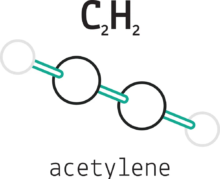
- Acetylene (C₂H₂)
Use: Acetylene is often stored in aluminum cylinders for welding and cutting processes, particularly in oxy-acetylene welding.
Properties: Acetylene is highly flammable and explosive in high concentrations with air. It must be stabilized in the cylinder with porous material (such as acetone) to prevent violent decomposition under pressure.
Cylinder Marking: Typically marked as “Acetylene”, and the cylinders are color-coded red.
Pressure: Acetylene cylinders are filled under high pressure, but the gas is usually absorbed in a dissolving agent like acetone to prevent instability.
- Nitrous Oxide (N₂O)
Use: Nitrous oxide is used in medical applications (e.g., as an anesthetic), in food applications (e.g., in whipped cream dispensers), and as an oxidizer in rocket propulsion and performance cars.
Properties: Nitrous oxide is colorless, non-flammable, and has a slightly sweet odor. It supports combustion and is sometimes used in combination with other fuels for enhanced power output.
Cylinder Marking: Typically marked as “Nitrous Oxide”, with cylinders often color-coded blue.
Pressure: Nitrous oxide is typically stored as a liquid under moderate pressure.
- Hydrogen (H₂)
Use: Hydrogen is used in fuel cells, hydrogenation processes (e.g., in the food industry), and as a rocket fuel. It is also used in certain industrial applications.
Properties: Hydrogen is highly flammable and explosive when mixed with air. It is the lightest element and typically stored in high-pressure cylinders.
Cylinder Marking: Marked as “Hydrogen”, and cylinders are typically color-coded white.
Pressure: Hydrogen is typically stored under very high pressure in cylinders, often up to 700 bar for use in fuel cells.
- Compressed Air(HPA)
Use: Compressed air is used in a wide variety of applications, including pneumatic tools, diving tanks, cleaning, and pressurizing systems.
Properties: Compressed air is a mixture of primarily nitrogen (about 78%) and oxygen (about 21%), along with trace amounts of other gases.
Cylinder Marking: Typically marked as “Compressed Air”, and the cylinder may be color-coded black or green.
Pressure: Air is typically stored under high pressure, especially in cylinders for industrial applications or scuba diving.


- Chlorine (Cl₂)
Use: Chlorine is used in water treatment (to disinfect drinking water and swimming pools) and in chemical processes (e.g., in the production of plastics such as PVC).
Properties: Chlorine is toxic, corrosive, and has a strong pungent odor. It is a highly reactive gas and must be handled with care.
Cylinder Marking: Marked as “Chlorine”, with the cylinders typically color-coded yellow.
Pressure: Chlorine is typically stored as a liquid under moderate pressure in specialized cylinders to keep it in its liquid form at ambient temperatures.
- Ammonia (NH₃)
Use: Ammonia is used in fertilizers, refrigeration systems, and in chemical manufacturing.
Properties: Ammonia is toxic, corrosive, and has a strong pungent odor. It is highly reactive and must be stored and handled with care.
Conclusion
Aluminum cylinders are commonly used to store a wide variety of gases, each with specific applications across industries such as medical, industrial, food, and recreational use. The most common gases in aluminum cylinders include oxygen, carbon dioxide, nitrogen, argon, helium, and acetylene, among others. Each gas has distinct properties, which dictate the storage pressures, cylinder materials, and safety protocols required for handling.
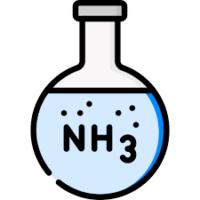
Behind the Label: Decoding Gas Cylinder Markings Like a Pro
Gas cylinders are marked with a variety of identification labels, safety symbols, and certifications that are crucial for ensuring safe use, transport, and compliance with international regulations. These markings are designed to provide critical information about the cylinder’s contents, pressure, manufacturing details, and safety standards. Below are the most common gas cylinder markings:

1. Manufacturer and Production Details
Manufacturer’s Name/Logo: Identifies the producer for traceability and accountability.
Serial Number: Ensures unique identification for tracking throughout the cylinder’s life cycle.
Manufacturing Date: Indicates production date to assess requalification needs.
2. Cylinder Identification
Gas Content: Clear markings such as O₂ (Oxygen), N₂ (Nitrogen), or CO₂ (Carbon Dioxide).
Hazard Symbols: Standardized symbols denoting flammability, toxicity, or pressurization risks.
3. Pressure Ratings
Working Pressure: Safe operating pressure (e.g., 200 bar, 3000 psi).
Test Pressure: Indicates the hydrostatic test pressure, higher than the working pressure.
Hydrostatic Test Date: Confirms recent testing and requalification compliance.
4. Certifications and Compliance
CE Mark: Compliance with EU safety standards.
DOT Mark: Meets U.S. Department of Transportation regulations.
ISO Certification: International compliance for manufacturing and testing standards (e.g., ISO 9809, ISO 11119).
TPED or PED Mark: EU Transportable Pressure Equipment or Pressure Equipment Directive compliance.
5. Requalification and Inspection
Requalification Date: Indicates the last safety requalification.
Inspector’s Stamp: Confirms the authority conducting the tests.
Expiry Date: Highlights end-of-service for specific cylinders.
6. Transportation and Handling
Handling Symbols: Instructions like “Do Not Roll” or “Protect from Sunlight.”
Storage Guidance: For instance, “Store Upright” or “Avoid Flammable Materials.”
7. Specific Application Markings
Scuba Diving Cylinders: May include volume (e.g., 12L) and certifications (e.g., EN 250 for scuba gear).
Food-Grade CO₂ Cylinders: Indicate suitability for beverage applications.
8. Traceability Features
Unique Serial Numbers: Simplify audits and recalls.
Material Specifications: Relevant for composite or specialty gas cylinders.
Cylinder Maintenance Guidelines
- Regular Inspection
- Storage and Handling
- Valve Maintenance
- Leak and Pressure Testing
- Specific Care Instructions
- End-of-Life and Disposal
- Daily Checks:
Inspect the cylinder for any visible damage, such as cracks or corrosion. Check the valve and seals for leaks by applying a soapy solution to all fittings. Ensure the cylinder pressure is at the correct level for its type.
- Monthly Inspections:
Look for any physical damage like dents or rust. Ensure the O-rings and seals are intact and show no signs of wear or deterioration.
- Annual Maintenance:
Perform hydrostatic tests to verify the cylinder’s structural integrity under pressure. Clean the interior surfaces regularly to ensure purity, particularly for medical and CO2 cylinders. Hydrostatic testing should be done every five years to comply with industry standards.
- Storage Guidelines:
Store cylinders in a vertical position in a dry, well-ventilated area, away from direct sunlight or heat sources. Keep cylinders at temperatures between -20°C to 50°C to maintain pressure consistency.
- Handling Practices:
Always use cylinder carts for transportation to prevent physical damage. Ensure valves are closed and protected with caps when the cylinders are not in use.
- Safety Measures:
Avoid dragging, dropping, or rolling cylinders. Ensure they are secured upright to prevent falls or impacts that may cause leaks or other damage.
- Cleaning and Lubrication:
Use only manufacturer-approved tools and lubricants to clean the valve. Ensure the valve stem, regulator, and pressure gauge are free from dirt or moisture.
Seals and Gaskets: Regularly check O-rings and gaskets for cracks or deformation. Replace them as soon as signs of wear are detected to prevent leaks.
- Replacement:
If the valve or its components are damaged, replace them immediately to maintain the cylinder’s safety. Proper valve maintenance prevents gas leaks and maintains proper pressure regulation.
- Leak Testing:
Use a soapy water solution to check for leaks around the valve, regulator, and fittings. Bubbles indicate a leak, requiring immediate action.
- Pressure Testing:
Perform pressure tests annually or per the manufacturer’s specifications, especially for CO2 and industrial cylinders. This ensures the cylinder can withstand high pressure without failure.
- Repair or Retire:
If a cylinder fails any test or shows signs of structural weakness, retire it immediately. Do not reuse cylinders that do not meet safety standards.
- Scuba Tanks:
Scuba tanks must be handled with care to ensure their longevity and reliability. After each use in saltwater environments, rinse the tanks thoroughly with fresh water to prevent corrosion from salt. After rinsing, dry the tank completely before storing to eliminate moisture, which could lead to internal rusting or mold growth. Regularly check for dents or scratches on the exterior and ensure that the valve is properly sealed and functioning. Periodically perform a visual inspection and hydrostatic testing to ensure the tank’s integrity and to avoid unexpected failures during dives. Always store tanks in a cool, dry, and well-ventilated area away from heat sources to maintain their safety and performance.
- CO2 Cylinders:
CO2 cylinders require careful handling to maintain their high-pressure performance and safety. Refill only at certified filling stations to ensure the cylinders are properly pressurized. Store the tanks in a cool, dry, and well-ventilated space to avoid temperature fluctuations that may affect the pressure. Always ensure that the valves are tightly closed and protected when not in use. For tanks used in paintball or kegerators, avoid leaving the cylinder in direct sunlight or in hot environments, as CO2 pressure increases with temperature, potentially leading to leaks or failure. Additionally, check the valve and regulator for damage or wear to ensure the safe release of gas.
- Carbon Fiber Cylinders:
Carbon fiber-wrapped cylinders are lightweight but require more delicate handling due to their composite material. Avoid physical impacts, such as dropping or hitting the cylinder, as carbon fiber can be compromised by external damage, even if the damage is not immediately visible. These cylinders have a 15-year service life and must undergo periodic inspections and hydrostatic tests. Handle these cylinders with extra care during transportation, and store them in a dry, cool place to prevent environmental exposure. While carbon fiber provides excellent durability, any cracking or visible damage to the wrapping should be addressed immediately, as this could affect the structural integrity. If the cylinder is damaged, it is often recommended to replace it rather than repair it.
- Industrial Gas Cylinders:
Industrial gas cylinders, used to store specialty gases or high-purity materials, must be maintained with extra care to preserve the integrity of the gas stored within. Check for corrosion regularly, as even minor rust can contaminate gases, especially for calibration gases or other sensitive materials. If used for liquid gas storage, ensure that the cylinder is properly insulated and that the liquid level is monitored. These cylinders should be vented periodically to release any built-up pressure and prevent gas leakage. Regular inspections are essential to ensure they meet industry standards and are certified for use in specialized applications.
- Signs of End-of-Life:
Cylinders showing significant corrosion, dents, or those that fail pressure tests should be retired immediately.
Defacing and Disposal: Cut or deface expired cylinders to ensure they cannot be reused. Follow local regulations for proper disposal.
- Recycling:
Most cylinders can be recycled. Ensure that any remaining gases are safely vented before disposal, especially for medical or industrial gas cylinders, to avoid environmental hazards.


